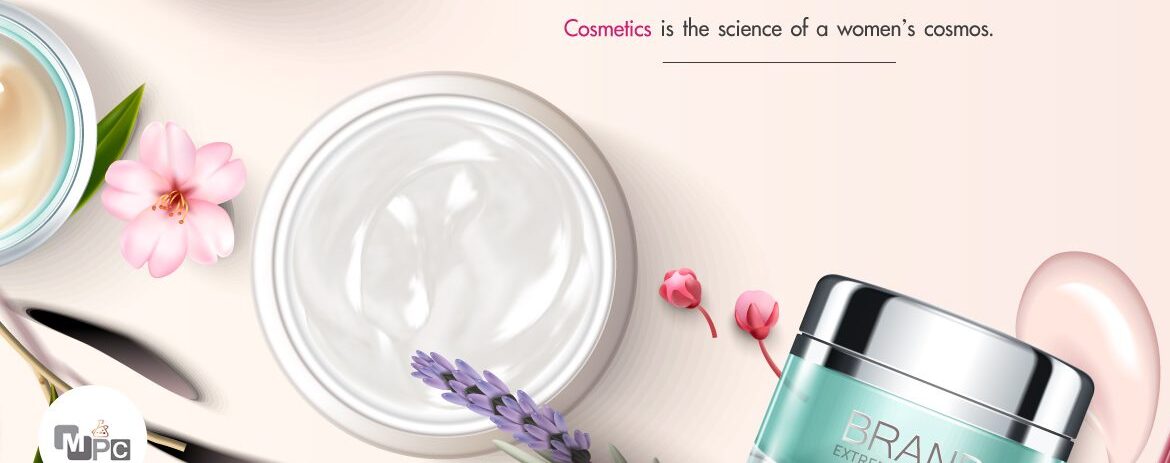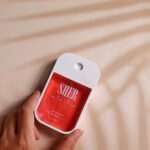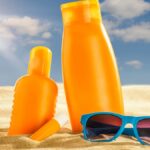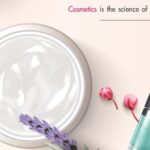I want to start making sunscreen products. What should I know?
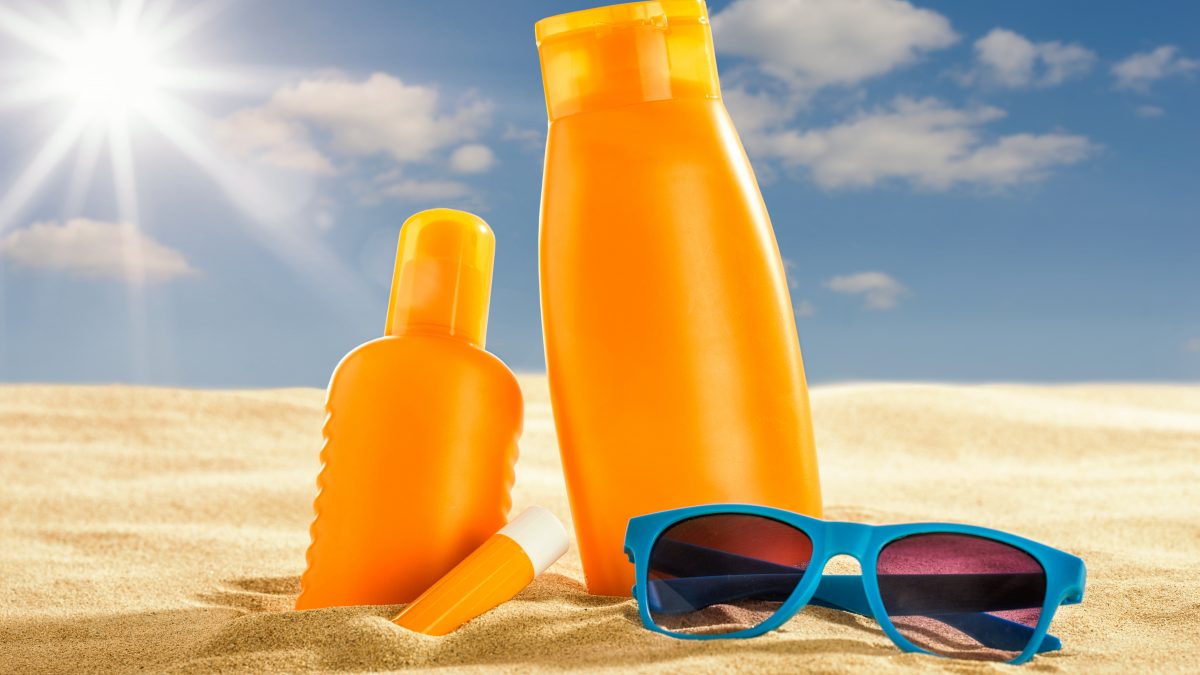
Among cosmetic products, “sunscreen” is one of the most popular products that many brands produce and sell. It may be because Thailand’s hot weather is very hot, so consumers have quite a high demand for it. However, the process of making sunscreen products has more details to study than general skincare products, such as SPF values, types of sunscreens, and various side effects. If you don’t do your homework and study the cream product and the factory, it may cause a mess along with the cream. Therefore, today, our MPC Lab would like everyone to take a look at interesting stories about sunscreen, including basic techniques for choosing a reliable manufacturing service factory.

Characteristics of a good sunscreen
Sunscreen must have the same basic standard properties, which is to protect the skin from the sun. However, a good sunscreen must have other properties in addition to sun protection, as follows:
- It can filter both UVA and UVB rays. Although these two rays come from the same sunlight, they are different in terms of damaging the skin, namely:
- UVA rays have a longer wavelength than UVB and account for up to 95% of sunlight. They have a very high destructive power because they can penetrate deep into the skin, suppressing the skin’s immune system from protecting itself. Therefore, this type of radiation is the cause of skin cancer. In addition, it destroys collagen and elastin under the skin, causing the skin to lose its elasticity, resulting in easy wrinkles and making you look older than your age.
- UVB rays are a small amount of radiation and cannot penetrate deep into the skin, but they can cause the skin to lose moisture, which is the cause of sunburn. This type of radiation can also increase the risk of skin cancer.
- It must be well absorbed into the skin. It must not just be coated on the skin. Because if the cream is well absorbed, it will be more effective in protecting the skin. It also helps prevent the cream from peeling off easily during the day.
- It is difficult to come off. At least it must be sweat-resistant because some people have to travel or do outdoor activities. If it is not sweat-resistant, the cream will come off easily and will not be able to protect from the sun.
- The cream adheres well to the skin so you don’t have to reapply it often, it doesn’t make your skin dark, and most importantly, it doesn’t waste cream.
- Gentle on the skin: Even though sunscreen is a cream that has a high chance of clogging, it is still necessary to use it. Therefore, you must try to be as gentle on the skin as possible to reduce the chance of irritation or allergic reaction to the cream, and also reduce the chance of acne.

Types of sunscreens
Before using the sunscreen production service , you should know that sunscreen is divided into 2 types according to the type of sunscreen, which has different properties. Those who are interested in making sunscreen products need to study this matter in order to make the cream that is appropriate for the needs of the user as follows:
- Physical Sunscreen is a Non Chemical sunscreen such as Zinc Oxide or Titanium Dioxide. This type of sunscreen can be applied and then exposed to the sunlight immediately. It uses the principle of protecting the skin by reflecting UV rays. There is very little chance of clogging and irritation. It helps protect the skin from the sunlight for a longer period of time.
- Chemical Sunscreen must be applied 10-15 minutes before sun exposure to allow the sunscreen to work at its best. It protects the skin by absorbing UV rays and reacting without harming the skin. It has a higher chance of clogging and irritation. It must be reapplied frequently because the sunscreen will break down when reacting with sunlight.

Steps to creating a sunscreen brand
Now that we have a fair amount of knowledge about sunscreen products, let’s take a look at 5 easy steps to start creating a sunscreen brand .
- Find the sunscreen formula you want by studying the customer group first to find out what the customer needs are. This will help you determine the scope of sunscreen characteristics that you want to produce. This sunscreen formula can be selected from the middle formula of the cosmetic factory . You can develop a new formula or extract the formula from an existing sunscreen.
- Design the packaging . The most popular packaging for sunscreen is the tube type. The reason is that it is easy to use, easy to carry, convenient, and does not spill or make a mess. You can also use other types of packaging as desired. However, if you are going to use a tube type, you should specify that it is made of thick plastic so that you do not encounter the problem of sunscreen leaking from the tube.
- Send SPF and PA value analysis so that we have documents to confirm to customers that our products are of high quality and effective in protecting from sunlight.
- Register the product After receiving the SPF and PA analysis documents, you can register your sunscreen. During the waiting period for registration, we recommend that you design the label. Once the product has been registered, you can insert the product information into the label.
- Product production After the product formula, packaging, labels and registration are complete, the final step is to produce the product. While waiting for the sunscreen factory to produce the product, it is time to start planning the marketing, doing reviews, thinking of promotions, running advertisements or finding presenters to prepare. When the product is received and marketing is complete, it can be put on sale. Most factories offer marketing consulting and marketing services. Therefore, customers should not forget to ask the factory. This will reduce costs in this part from hiring outside marketers.

Selecting a Manufacturing Plant
For selecting a cosmetic manufacturing service provider with the potential to produce sunscreen products, you can consider the following 4 main criteria:
- The factory has standards . In this part, whether it is sunscreen, other skincare products, or various dietary supplements, it is necessary to choose a factory with standards. This can be seen from the certifications from various agencies, whether domestic or international, including quality guarantee awards, etc. The standards that the factory must pass are the certifications from the Food and Drug Administration, ISO, and GMP because this will be the initial confirmation that these factories have enough standards to produce quality products.
- Provide a One Stop Service , starting from the consultation process, including cream formulas, requesting certification documents, to marketing, registration services, production, packaging, packaging and label design, etc. Because this type of service will greatly facilitate customers. You will be able to talk and consult with experts throughout the initial steps until the product is released for sale. However, there should be services that are not One Stop Service as an option for customers as well.
- Expertise and work experience You should choose a cream factory that has expertise and high experience because you can be sure that the products you receive are of high quality, diverse, interesting and different from general products on the market. It helps to make the products in our brand stand out very well. In addition, there should be a team of capable researchers in order to develop product formulas that meet the needs as much as possible.
- There is a service to send SPF and PA value analysis to provide documents to confirm the sun protection efficiency under your own brand, which helps increase the credibility of the product even more.
And this is basic information that those interested in the sunscreen business should study and understand. You can see that making sunscreen products has a lot of small details. In addition to paying attention to this information, you also need to pay attention to choosing a manufacturing service provider. Finally, the MPC Lab team hopes that this article will be useful for those who are interested in creating a sunscreen brand. May you all be successful and rich!
Relate Post
Subscribe Newsletter
Don’t miss a beat in the world of beauty and wellness. Join our Meemee community and be the first to know about exclusive deals,


